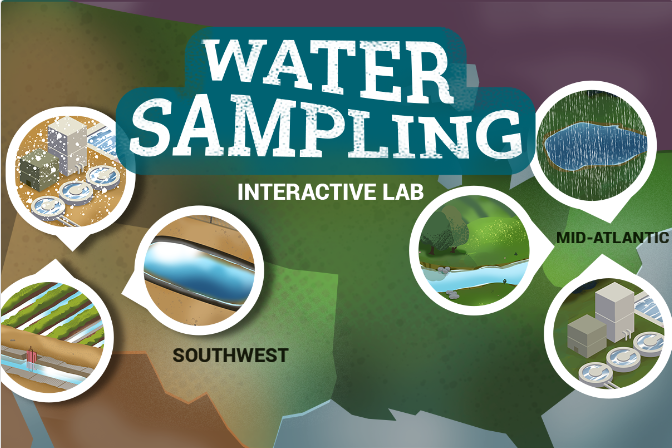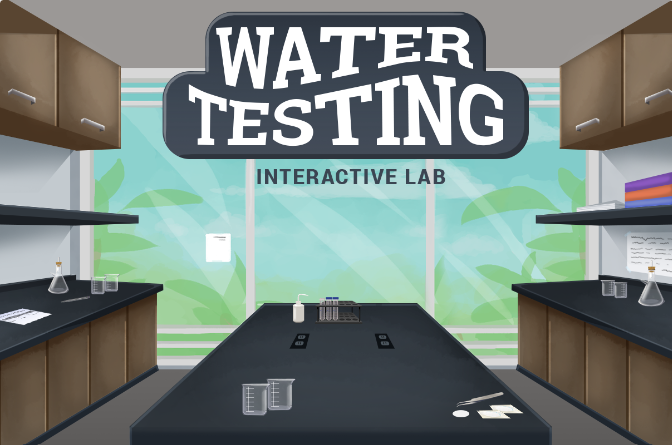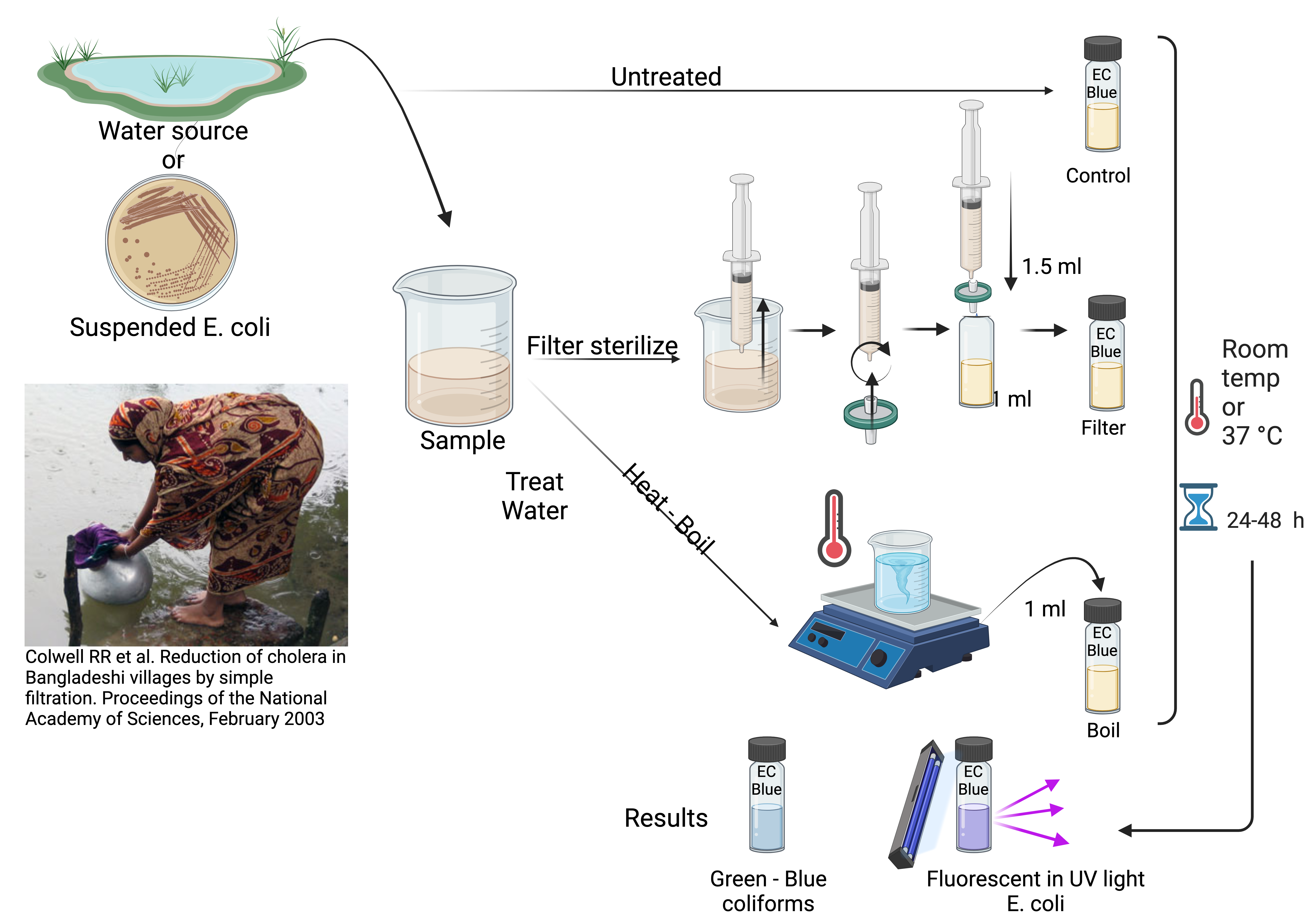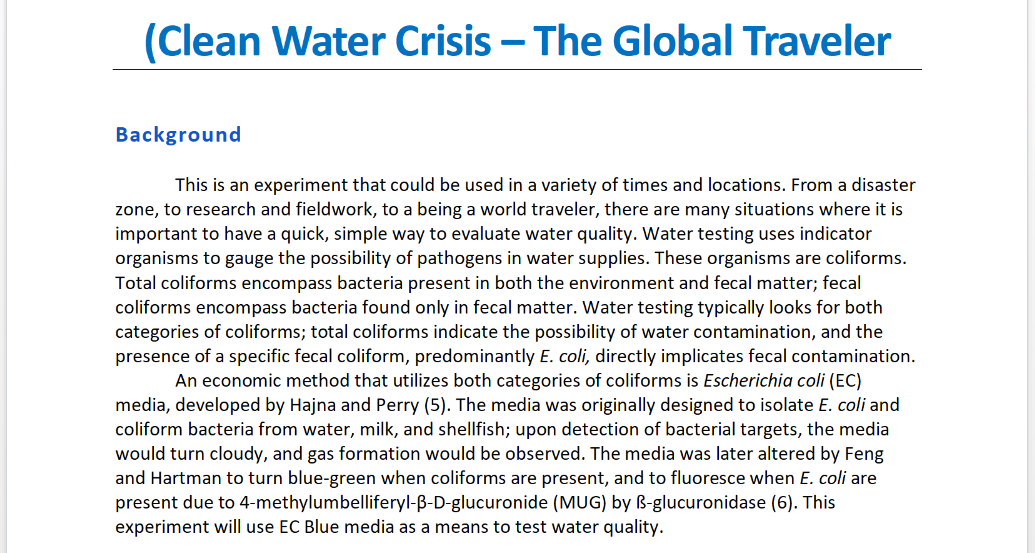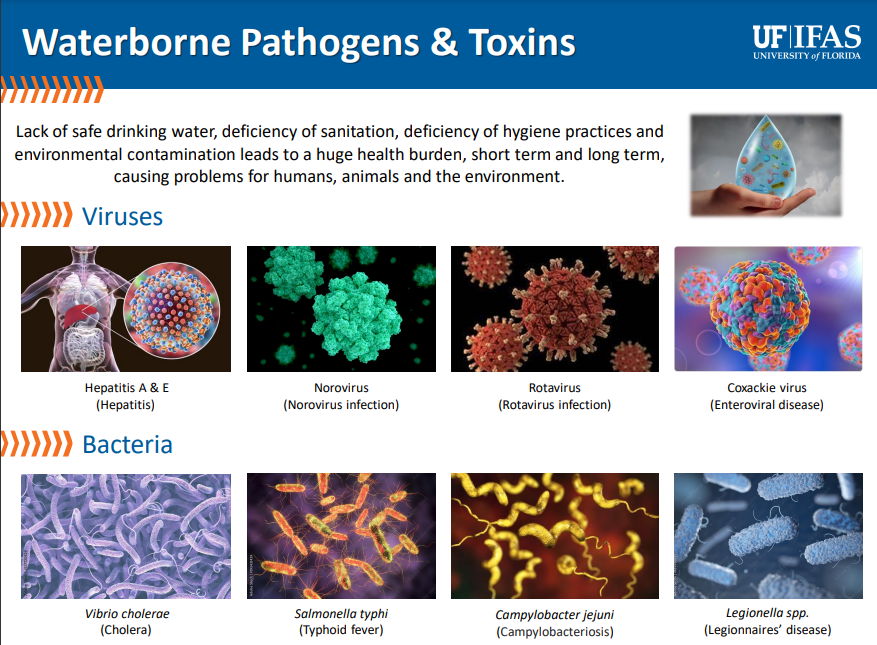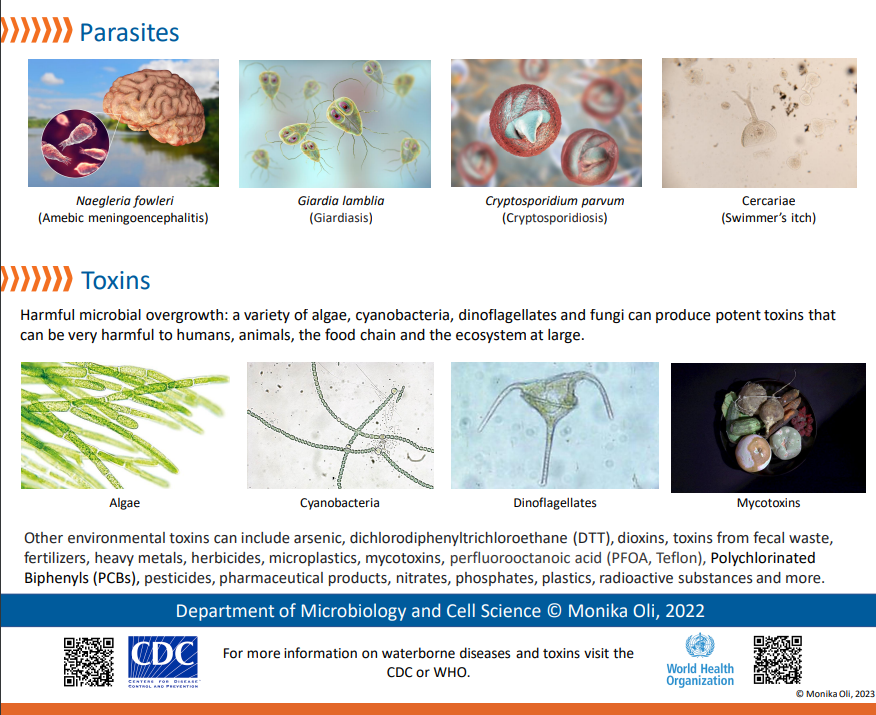Modules – Skills & Tools
Clean Water Crisis
Background Information
WHY YOU SHOULD CARE ABOUT: Clean Water Crisis
Each year the world undergoes countless natural disasters from wildfires, to floods, to earthquakes and hurricanes (1). When disasters such as these sweep through towns and cities, they raze buildings to the ground and utterly destroy the infrastructure of electric lines, pipes and water mains. People lose access to necessities such as electricity and, more importantly, water and must find a way to pick up the remains and make do until emergency services can access them. However, sometimes, despite the best efforts of the government, nothing can be done and thousands of people remain without easy access to clean drinking water or electricity for weeks or even months, as evidenced by the situation in Puerto Rico since Hurricanes Irma and Maria (2). Instead, they are left with collapsed water systems that have accumulated debris and sewage and are likely teeming with thousands of bacteria and waterborne diseases.
This only begins to scratch the surface of the need for clean water in our world. Even without natural disasters leaving their mark, there are almost 1 billion people living in underdeveloped parts of the world who do not have access to basic, clean and safe drinking water (3,4). Of these people, 160 million are purely dependent on surface water, from sources such as lakes, rivers, and ponds, all of which are subject to runoff. Furthermore, over 2 billion people in the world use drinking water from sources contaminated with fecal matter and waterborne disease. Taking all these shocking and disturbing facts into account, it’s no wonder that many nonprofits and organizations have started pushing for clean water initiatives over the last few years.
Access OpenStax:
1.1 What Our Ancestors Knew
16.4 Global Public Health
Learning Objectives:
After completing this module, students will be able to:
- Recall new vocabulary and definitions that pertain to this module.
- Identify examples of waterborne pathogens (parasites, bacteria, viruses).
- Recall the global problem with lack of water sanitation and cleaning drinking water.
- Recall the process of a water reclamation facility and describe components of activated sludge.
History Connection
Clean drinking water, purifying water and deliberately contaminating water wells has been important to human culture for thousands of years. The “Medicine, Microbiology and Health” study abroad group from UF visited the London School of Hygiene and Tropical Medicine, where diseases and outbreaks are still studied today.
Check out the Cholera map in London
Case Study
Dr. Rita Colwell has been working in rural Bangladesh for years to reduce cholera outbreaks. Read this interview about her work The link between saris and cholera.(7) She showed that cholera incidence can be reduced by ~50% by filtering river/drinking water through sari, the dress local women wear. What are some simple methods that could be used in rural and urban areas to improve water quality? We will do a similar study in our in person lab.
A few years ago when Dr. Colwell visited UF I was fortunate to spend some time with her. What a role model. In addition to incredible science she conducted, she was the first female director of the NSF (National Science Foundation) from 1998-2004. She is now in her late 80ies and still active in research.
Dr. Colwell and Dr. Oli
Virtual Lab Simulations
Activity: Water Sampling Interactive
Activity: Water Testing Interactive
Online Lab
ACTIVITY #1:
Look over the water born pathogens poster MCS_Water_Borne_Pathogens_Toxins_Poster_2022 –
For your ELN describe if you have encountered water born pathogens, means to avoid it. As it comes to drinking water explore what you are most concerned about.
ACTIVITY #2: Water Lab
EC blue tubes are prepared already
· Reagents to make 500 mL EC Blue media (that’s what’s n your tubes)
- Peptone (2.5 g)
- Sodium chloride (2.5 g)
- Monopotassium phosphate (0.5 g)
- Dipotassium hydrogen phosphate (2 g)
- Sodium lauryl sulfate (0.05 g)
- Sodium pyruvate (0.5 g)
- Potassium nitrate (0.5 g)
- IPTG (0.05 g)
- X-GAL (0.05 g)
- 4-methylumbelliferyl-ß-D-glucuronide (0.05 g)
- Fill up to 500 mL DIW
Get a dirty water sample (pond, ocean or puddle) – students provide this
Use
- 2 tubes of EC Blue media
- Micropipettes, tips
- Syringe and syringe filter
- Small beakers
- Bleach or chemical water treatment tablets
- UV light (for results) – from GloGerm bag)
Water lab overview
Label 3 EC/BLUE tubes as follows:
- control, original water sample
- syringe filtration
- heat/boil
Treatment Methods:
Control: Take 1ml of your dirty water and add it to your EC/Blue tube.
Filtration (syringe filtration)
- Suck up 2 ml of dirty water into a syringe
- Attach the 0.22 μm syringe filter unit syringe
- Squeeze liquid through syringe and collect it in a clean Eppendorf tube
- Take 1ml of your filtered water and add it to your EC/Blue tube.
Boiling
- Boil ~10 ml dirty water for 10 minutes, cover it to prevent evaporation, do not dilute
- Add 1mL of boiled sample into the EC/Blue tube.
Other potential treatments are
- Chemical treatment (Traveller’s chlorine or iodine tablets or diluted bleach)
- a. Mix ~25 ml dirty water with 1 Chlorine tablet and incubate at room temperature for 30 min.
- b. Add 5 µl of household bleach to 25ml sari filtered dirty water and incubate at room temperature for 30 min. (CDC Make water safe) -> 8 drops to 1 Gallon of water
Once you have completed all treatments and added 1ml of each water sample into your EC/Blue Media, place tubes in the 370C incubator (or at room temperature if you do this experiment in the field) for 24-48h
Test results – shine your fluorescent light at the tubes and determine the results

· The leftmost tube has changed to blue and also fluoresces
indicating both coliforms and E. coli presence.
· The middle tube has only changed color and does not
fluoresce indicating coliforms but no E. coli.
· The rightmost tube has experienced no change and has
neither coliforms nor E. coli.
Did you get it?
1. When governments evaluate water quality, what are they looking for?
2. Does the presence of coliforms always indicate pathogenic bacteria?
3. How does EC Blue media work?
4. What are some alternate uses for EC Blue media and how might it be used in the future?
5. What are the advantages and disadvantages of this method?
In-Person Lab
Activity: Clean Water Crisis – The Global Traveler
Waterborne Pathogens & Toxins Poster:
Resources
Take a look at the appropriate module for the vocabulary that is being tested: Microbiology @ UF Lab Terminology Quizlet.
Use GIDEON to diagnose disease caused by contaminated water, learn about the diseases, get to know the different pathogens
See how the UN sustainable development goals (SDGs) relate to Microbiology.

